Why The Pursuit of Happyness Movies Stick With Us

You know what? Some films refuse to let go. The Pursuit of Happyness movies are like that. The Pursuit of Happyness lessons you can take with you throughout life. They’re the kind of stories that don’t just end with the credits—they follow you around. Maybe you’re folding laundry, maybe you’re stuck in traffic, and suddenly, you’re thinking about Chris Gardner running after a bus or clutching his son in a subway bathroom. That’s not just cinema. That’s memory.
And of course, a huge part of why is Will Smith. He didn’t just play Gardner; he carried his exhaustion, his hope, his grit. Honestly, it’s the kind of performance that makes you forget you’re watching a Hollywood star. For two hours, you’re watching a man hang on by his fingernails. That’s why when friends ask me what to watch for motivation, this film always comes up. It’s not just a movie—it’s an experience.
But here’s the thing: the reason it hits so hard is because it’s real. The The Pursuit of Happyness true story wasn’t dreamt up in a studio writer’s room. Chris Gardner really lived it. And that makes every tear, every rejection, every small win feel earned—not staged.
Why This Movie Feels Different From Others

Here’s the thing: plenty of films promise inspiration. But a lot of them smooth over the edges, give you the Hollywood version of hardship. The Pursuit of Happyness movies don’t play that game.
Think about it: Gardner doesn’t get a lucky break in the first act. He doesn’t have a rich mentor swoop in to save him. Instead, we see the ugly grind. The unpaid internships. The closed doors. The humiliation of showing up to work in clothes that don’t match the setting. And worst of all—the constant fear of failing not just yourself, but your child.
And it lingers. The film doesn’t rush past those moments with a quick montage. It lets you sit in them. You feel the heaviness. And somewhere along the way, you ask yourself: would I have kept going?
That’s what makes it stand apart. When people make movie recommendations, they don’t just put this on the list because it’s inspiring. They put it there because it’s honest. And honesty in storytelling is rare.
The Pursuit of Happyness True Story: More Than a Plot
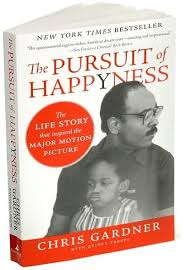
Let’s pause here. The The Pursuit of Happyness true story is where the film’s power comes from. Chris Gardner wasn’t a character. He was a man, with a child, standing on the edge of desperation. He worked unpaid at a brokerage firm, competing against people who had far fewer worries. Meanwhile, he was fighting to keep his son fed and safe at night.
Now, I don’t know about you, but I think most of us have had moments that felt overwhelming—maybe not homelessness, but moments where failure wasn’t an option. A bill you didn’t know how to pay. A health scare. A job you had to land. Gardner’s story resonates because it’s extreme, yes, but also familiar.
That’s why what to watch lists for motivation always circle back to it. Because the The Pursuit of Happyness lessons it carries—perseverance, sacrifice, self-belief—aren’t exclusive to Wall Street. They’re universal.
Will Smith: A Role That Changed Everything
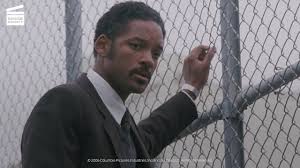
Now let’s talk about Will Smith for a second. This was more than just another notch in his filmography. It was a pivot. Before this, people knew him for charm, action, comedy—the larger-than-life guy. But in The Pursuit of Happyness movies, he stripped it all away.
Think about the bathroom scene—you know the one. Him clutching Jaden, tears in his eyes, trying to muffle sobs so his son doesn’t hear the panic in his chest. That wasn’t just good acting. That was human. And maybe the father-son bond felt so real because it was real. His actual son, Jaden, played the role of Gardner’s boy.
That’s why those unforgettable The Pursuit of Happyness quotes land differently. When he says, “Don’t ever let somebody tell you you can’t do something. Not even me,” you believe it. It doesn’t sound like Hollywood dialogue. It sounds like advice you should probably write on a sticky note and slap on your bathroom mirror.
The Funny “Y” in Happyness
And then there’s that odd spelling. Ever noticed? Of course you have. “Happyness” with a “y.” In The Pursuit of Happyness movies, it comes from a mural outside Gardner’s son’s daycare, and it’s more than just a quirky detail.
The The Pursuit of Happyness meaning here is subtle but powerful. Life isn’t polished. It’s not dictionary-perfect. Sometimes, happiness comes with flaws, setbacks, even typos. And yet, it’s worth chasing anyway.
Here’s the thing: we spend so much time waiting for things to look perfect—perfect job, perfect relationship, perfect timing. But that “y” is a reminder that happiness is messy. And maybe that’s the point. If you ever look at a The Pursuit of Happyness analysis, you’ll find scholars unpacking this detail as a metaphor for imperfection and resilience.
The Pursuit of Happyness Quotes That Follow You
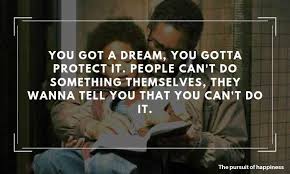
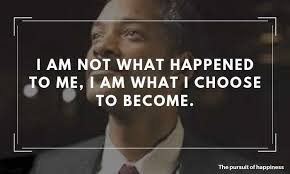
Some films have catchy lines. But The Pursuit of Happyness quotes? They stick. They show up in classrooms, corporate workshops, graduation speeches—you name it.
-
“You got a dream, you gotta protect it.”
-
“Don’t ever let somebody tell you you can’t do something. Not even me.”
-
“If you want something, go get it. Period.”
And you know what? They don’t sound corny, even after all this time. Because they’re rooted in grit. They’re reminders you whisper to yourself when you’re tempted to quit. Paired with Will Smith’s delivery, they hit with the force of lived truth, not scripted optimism.
That’s why, when people compile what to watch lists, this film doesn’t just sit alongside action thrillers or light comedies. It sits in the “must-watch for your soul” category.
Lessons You Carry Out of the Theater
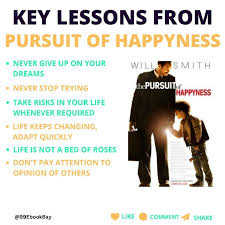
Now, let’s get practical. What are the The Pursuit of Happyness lessons we actually take away? Because this isn’t just about watching and crying—it’s about remembering.
-
Keep showing up: Rejection hurts. But quitting hurts worse.
-
Sacrifice today for tomorrow: Gardner traded comfort for possibility. That’s the deal.
-
Believe in yourself: If you don’t, why would anyone else?
-
Love can fuel survival: His devotion to his son wasn’t decoration—it was the engine.
And here’s the thing: these lessons don’t fade when the movie ends. They apply to anyone—students staring down exams, parents juggling bills, professionals chasing promotions. That’s why this film sits at the top of motivational movie recommendations.
Looking Closer: A Gentle Analysis
If we step back, a The Pursuit of Happyness analysis shows that its brilliance lies in subtlety. There’s no orchestra swelling dramatically. No superhero victory moment. Just silence, exhaustion, small smiles.
It’s the whisper of resilience, not the shout. And maybe that’s why it works. It doesn’t tell you what to feel—it lets you feel it. Like a friend nudging you at the right time, saying, “Don’t stop now.”
And maybe that’s why, even years later, critics and fans keep it in their what to watch lists. Because it doesn’t age. It doesn’t rely on trends. It relies on truth.
The Cultural Impact: Why It Resonates Beyond Film

Here’s something worth noting: The Pursuit of Happyness movies didn’t just succeed at the box office. They seeped into culture. They show up in motivational talks, leadership seminars, and even Sunday sermons.
Why? Because it’s not just Gardner’s story—it’s a shared one. The immigrant chasing a visa, the single mom balancing three jobs, the entrepreneur bootstrapping a dream—all find pieces of themselves in it. That’s cultural impact. And that’s rare.
Who Relates to It Most? Honestly—Everyone

You might think The Pursuit of Happyness movies speak only to people struggling financially. But honestly? There are The appeal is wider. Professionals climbing corporate ladders see themselves in Gardner’s grind. Students hustling for scholarships hear echoes of their own late nights. Parents everywhere recognize the love that drives him.
That universality is what keeps it alive in movie recommendations. It’s not just a film about poverty or finance—it’s a film about persistence. And that speaks to everyone.
What to Watch Next: Keeping the Flame Alive
So, you’ve finished the movie. Maybe twice. What now? Here are movie recommendations if you loved The Pursuit of Happyness movies and want to keep the spirit going:
-
The Green Miles – A story of endurance and hope.
-
The Theory of Everything – Struggle meets genius, love, and redemption.
-
The White Tiger – Proof that hardship can lead to destiny.
-
Rudy – Another true story where compassion changes everything.
Each one carries echoes of The Pursuit of Happyness lessons: patience, grit, and the stubborn belief that tomorrow can be better.
Wrapping It Up Like a Conversation
So, honestly, what makes The Pursuit of Happyness lessons unforgettable isn’t just the story—it’s the way it feels like life. Messy, misspelled, relentless. With Will Smith’s career-defining performance, the The Pursuit of Happyness true story behind it, the quotes that follow you around, and the layered The Pursuit of Happyness meaning, it becomes more than a film. It becomes a friend. A teacher. Sometimes even a mirror.
So next time you’re scrolling, wondering what to watch, remember this: entertainment fades, but stories like this stick. And the The Pursuit of Happyness lessons—keep going, sacrifice now, believe harder, love deeper—will echo long after the credits roll.
FAQ Section
1. Is The Pursuit of Happyness based on a true story?
Yes. The The Pursuit of Happyness true story comes from Chris Gardner’s life as a struggling single father who rose from homelessness to success in finance.
2. Why is happiness spelled with a “Y” in the title?
The quirky spelling in The Pursuit of Happyness movies comes from graffiti on a daycare wall. Symbolically, it represents the imperfect, messy nature of real happiness.
3. What are the most famous quotes from the film?
Lines like “You got a dream, you gotta protect it” and “If you want something, go get it. Period” are among the most iconic The Pursuit of Happyness quotes.
4. What lessons can we learn from this movie?
The The Pursuit of Happyness lessons include perseverance, sacrifice, self-belief, and the power of love.
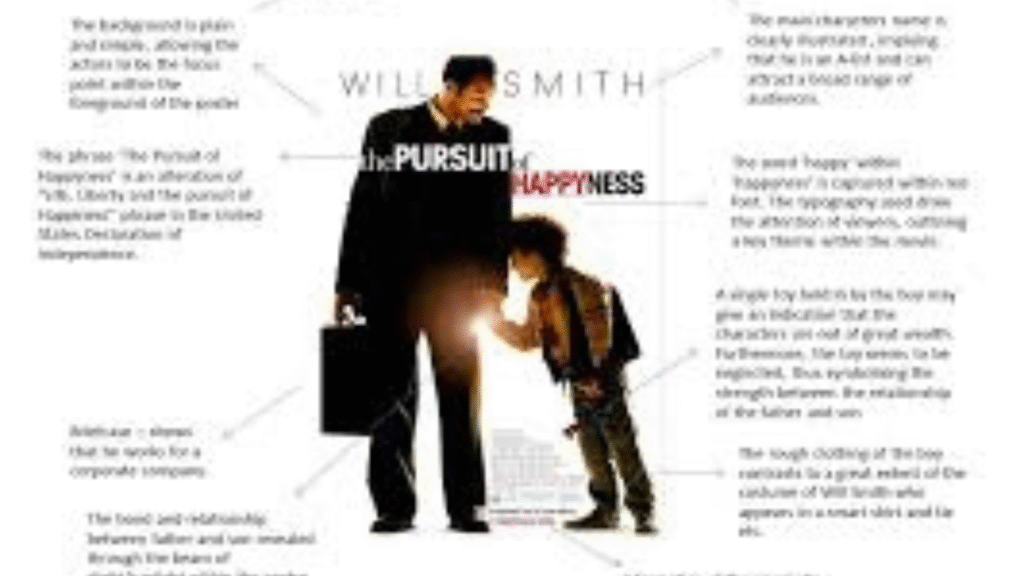
Для заказа оборудования для бурения и цементирования скважин необходимо [url=https://cementirovochniy-agregat.ru/]купить цементировочный агрегат в москве[/url], который применяется в процессе цементирования скважин для закрепления обсадных труб и изоляции пластов.
необходимые машины для выполнения различных строительных задач . Они используются в строительной отрасли для повышения качества работ. При выборе цементировочного агрегата необходимо учитывать несколько важных факторов .
Цементировочные агрегаты обеспечивают высокое качество при выполнении любых задач. Они выполняют функцию нанесения цементных растворов . При этом важно правильно выбрать цементировочный агрегат .
Преимущества цементировочных агрегатов
Использование цементировочных агрегатов дает возможность более точно контролировать процесс нанесения цементных смесей. Они дают возможность работать с разными типами цементных растворов . При этом необходимо учитывать все виды работ .
Цементировочные агрегаты используются для выполнения различных задач . Они используются для создания прочных и устойчивых сооружений . При этом необходимо учитывать все нюансы и особенности .
Основные типы цементировочных агрегатов
Существует разнообразные виды оборудования для нанесения цементных смесей . Они имеют разные размеры и производительность . При этом важно выбрать агрегат соответствующий типу работ .
Цементировочные агрегаты предназначены для выполнения различных задач . Они выполняют функцию нанесения цементных растворов . При этом следует заранее определить объем работ и необходимую производительность.
Заключение и рекомендации
При покупке цементировочного агрегата следует правильно обслуживать и эксплуатировать оборудование. Цементировочные агрегаты выполняют функцию нанесения цементных растворов с высокой точностью. При этом необходимо учитывать все нюансы и особенности .
Цементировочные агрегаты используются для выполнения различных строительных задач . Они обеспечивают долгую службу без необходимости частого ремонта. При этом важно учитывать все нюансы и особенности .